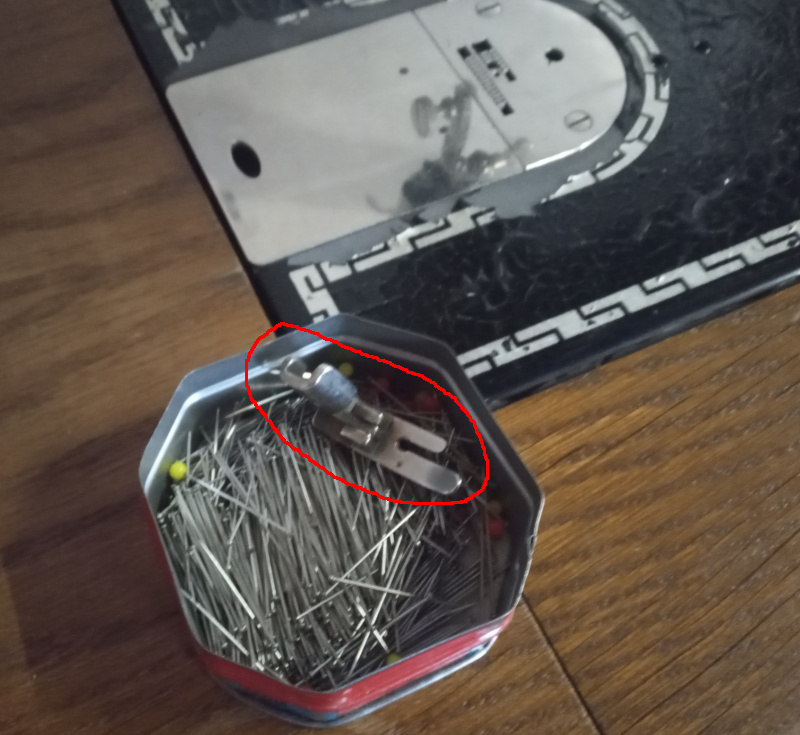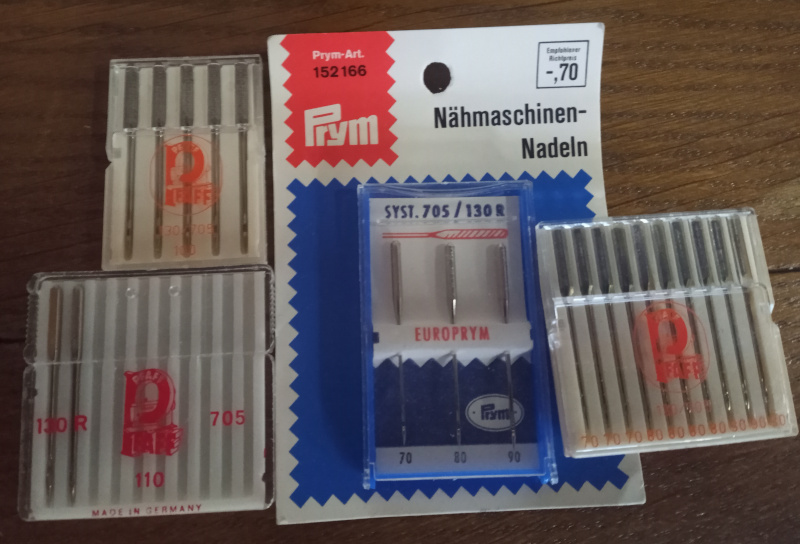The Pfaff 30-31 sewing machine - What have we here?
Well darn it! (Not.)
Click here to see all the Pfaff 30-31 posts.
I’ve had the Pfaff 30-31 here for several months. It has taken me a while to get around to doing something with it - there are only so many Saturday afternoon hours in a week, and I’ve been busy.
The Pfaff 30-31 is basically a Pfaff 30 that has had a feature removed. You can lower the feed dogs on a Pfaff 30 to use it for darning and embroidery. The Pfaff 30-31 is identical to the Pfaff 30 except that the knob (and mechanism) to lower the feed dogs is not installed.
The manuals (in German and English) that I linked in an earlier post about the Pfaff 30 apply to the Pfaff 30-31 as well. Everything is the same, except for the darning.
As always, I’m going to start off with a look at the machine before doing anything with it.
| Table |
|---|
 |
 |
 |
 |
The table is in pretty good shape, except for the top. My current plan is to sand down just the top and give it a fresh coat of shellac to get rid of the water rings. Other than that, it needs a good dusting (and some furniture polish) and the mechanical parts need some oil.
There’s not a lot of accessories with this machine, but that’s OK. It is modern enough that presser feet, bobbins, bobbin cases, and needles are no problem.
| Accessories |
|---|
 |
 |
There was one small surprise lurking in the drawers - there’s an electric light that clips on to the nose plate. It appears to be original - or at least contemporary. The plug is not made of plastic like on new equipment. It appears to be made of ceramic. The plug is broken, but that’s OK. I’ll have to replace the cable, anyway. The rubber and cloth get brittle on old power cables, so you can’t trust it. Always replace power cables on old equipment.
While the table itself is made of oak, the drawers seem to be made of some lighter wood with just an oak front.
| Drawer construction |
|---|
 |
 |
The machine is under a hide-away cover. You unlock the plate, pull it out, then raise the machine out of its hidey-hole.
| Pfaff 30-31 |
|---|
 |
 |
 |
 |
 |
 |
The biggest problem with this machine is that the paint is coming off. It has cracked and is flaking off all over. The gray base coat seems fine, it is just the black paint that isn’t holding up well. Germany was still recovering from World War II when this machine was manufactured in 1949. I expect they used whatever they could get as paint and didn’t worry about how well it would hold up. Despite being newer, the paint on this machine is in worse shape than the pre-World War II Pfaff 31 and the Pfaff 30 made during the war that I’ve had my hands on. It seems that the old paint (and the japanning as on my Adler) were more durable than the new paint.
The locking cover that goes over the sewing machine does double duty as an extension to the table surface.
| Table extension |
|---|
 |
 |
 |
 |
I first thought I was going to have to scrounge a presser foot to try out the machine, but then I found one hidden in a box of pins.
| Needles and pins |
|---|
 |
 |
 |
As I said, needles are no problem - standard 705 needles, available everywhere. The feet are the same as on my wife’s Pfaff 262. Those are also commonly available, so no problem.
I was going to try this machine out, but it turns out to have a mechanical problem. The thread hangs somewhere in the bobbin race. I’m going to have to fix that before doing anything else. There’s no point in repainting the machine if I can’t get it to run.
I’ve already got a set of decals, so when I do get around to repainting it, it’ll look pretty much like new.